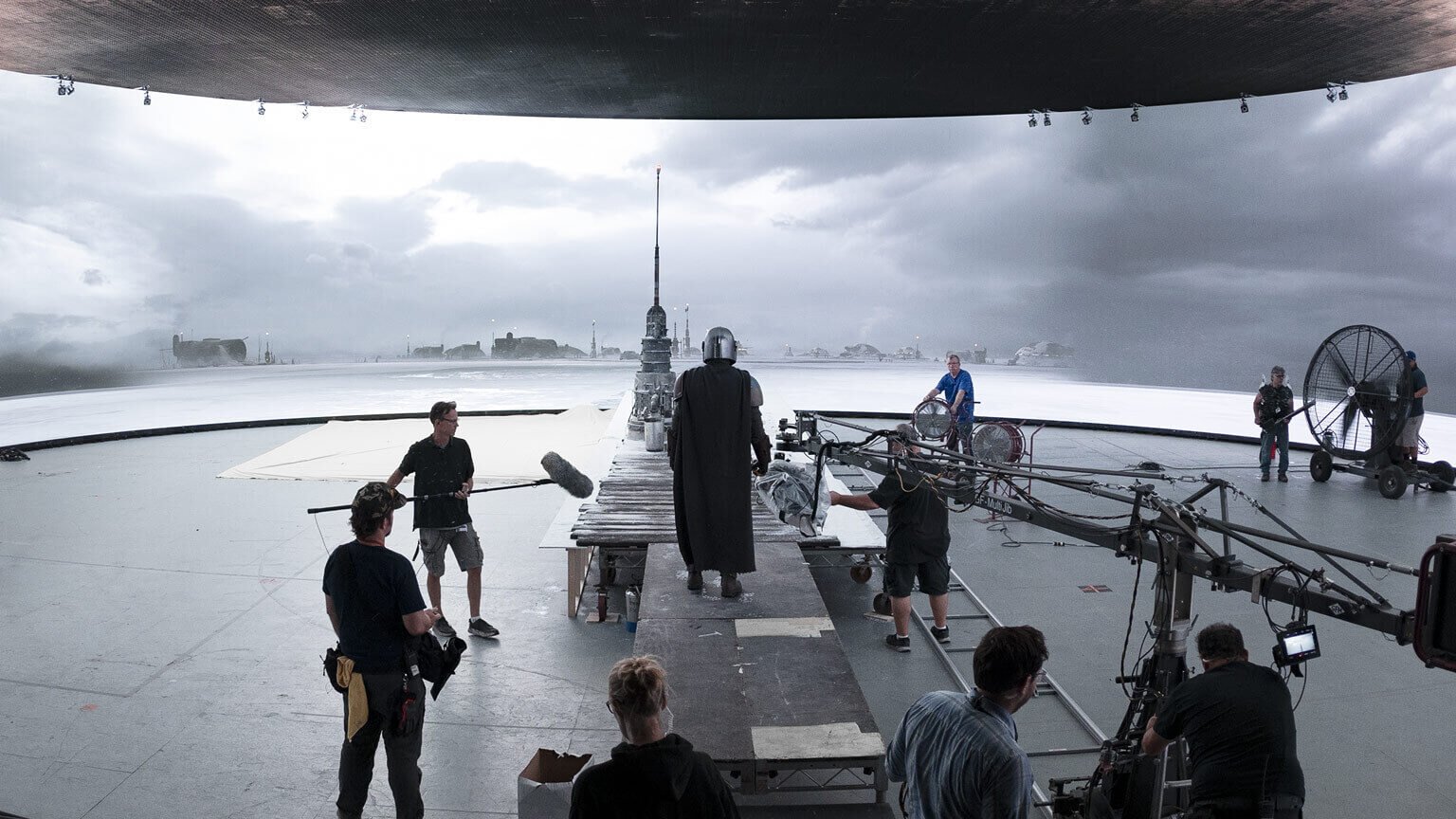
How the Unreal Game Engine is changing the face of storytelling
Imagine 10-15 years ago, if you worked in the architectural, film or computer game industry, how different each of those industries would feel.
At their core each industry is about storytelling, it's also about using the latest technology to serve a narrative led experience. Each industry would have its own audience and expectations. However there has always been a healthy influence of each industry's most exciting ideas incorporated in others ideas.
Over the years, I'm sure there have been countless architects who were enchanted by the early Star Wars films and the concept artwork by Ralph McQuarrie. Or as well 2001 space odyssey. Or film directors blown away when first seeing the modern industrial classics buildings such as Lloyds of London or Pompidou Centre in Paris. Alien objects landed into cities they were surrounded by.
“Which directors and architects were not influenced by some of the gaming classics such as the world building of Half Life, or the dystopian classic film Blade runner.”
For years each industry touched against the other, but were separated by skill sets, software and customer requirements. Now however we are seeing a convergence of not only customer expectations, but also software and expertise. Over the weekend I watched the Madalorian documentary about how LucasFilm have pioneered a new film technique that allows them to remove the use of greenscreen in the backgrounds of live action film and instead display real imagery on the backgrounds in what they have called ‘The Void’. They use a technique that involves parallax and virtual cameras all done using the Unreal Engine. A gaming engine that was first developed by the company Epic for PC’s over 20 years ago. This 3d realtime visual effects engine has since been developed to be used on not only consoles, by phones etc and now powers some of the biggest and most popular games in the world. What started out as a way to create new worlds for gamers to enjoy, has evolved to power many of the new and innovative film special effects. In recent years Unreal has also exploded in popularity in architecture being used alongside revit. Where unreal has won is down to the sheer scale of implementation and the support that, unlike many other graphics engines, has transcended the games industry.
The challenge is that this software, like any other piece of software, is only as good as the person using it. As an architect with over 10 years of experience and having 7 years of student learning prior to that I have seen many pieces of software come and go, invested in one piece of software only for it to be superseded by another 5 years later, thats why its fascinated to see Unreal and Revit become so dominant in recent years.
But ask yourself, if as a student who loves visual film making, gaming, or immersive architecture what software you are going to use and its most likely going to be Unreal. I think that many architects also love film making and appreciate amazing gaming design. With unreal becoming the central tool, we are going to see a really exciting convergence of experienced storytellers who can move between these industries.
“Storytelling is an artform and as such it evolves alongside technology.”
This brings us back to the present, where we now have 3 of the largest industries all converging on one piece of incredible 3d technology. The world of Gaming is suddenly changing how all others can adapt and incorporate. As an example Cyper Punk 2077 has just been released with a staggering new city that many gamers simply wanted to just walk around. This is a convergence of adaptive storytelling and film like experience, and interactive architectural immersive experience alongside an adaptive and open world gaming experience.
I really believe that we are seeing the birth of virtual architecture. According to a report published by Dell Technologies and authored by the Institute For The Future (IFTF) and a panel of 20 tech, business and academic experts from around the world, states that 85 per cent of the jobs that will exist in 2030 haven't even been invented yet. Imagine what the next 10-15 year are going to be like for architects, film makers and game designers. I believe that creating virtual cities that operate almost exactly like their physical copies but not held to the same physical and economical realities. Who's going to design them and plan them? I don't know the answer to this, but I for one can't wait to find out what the future holds.
